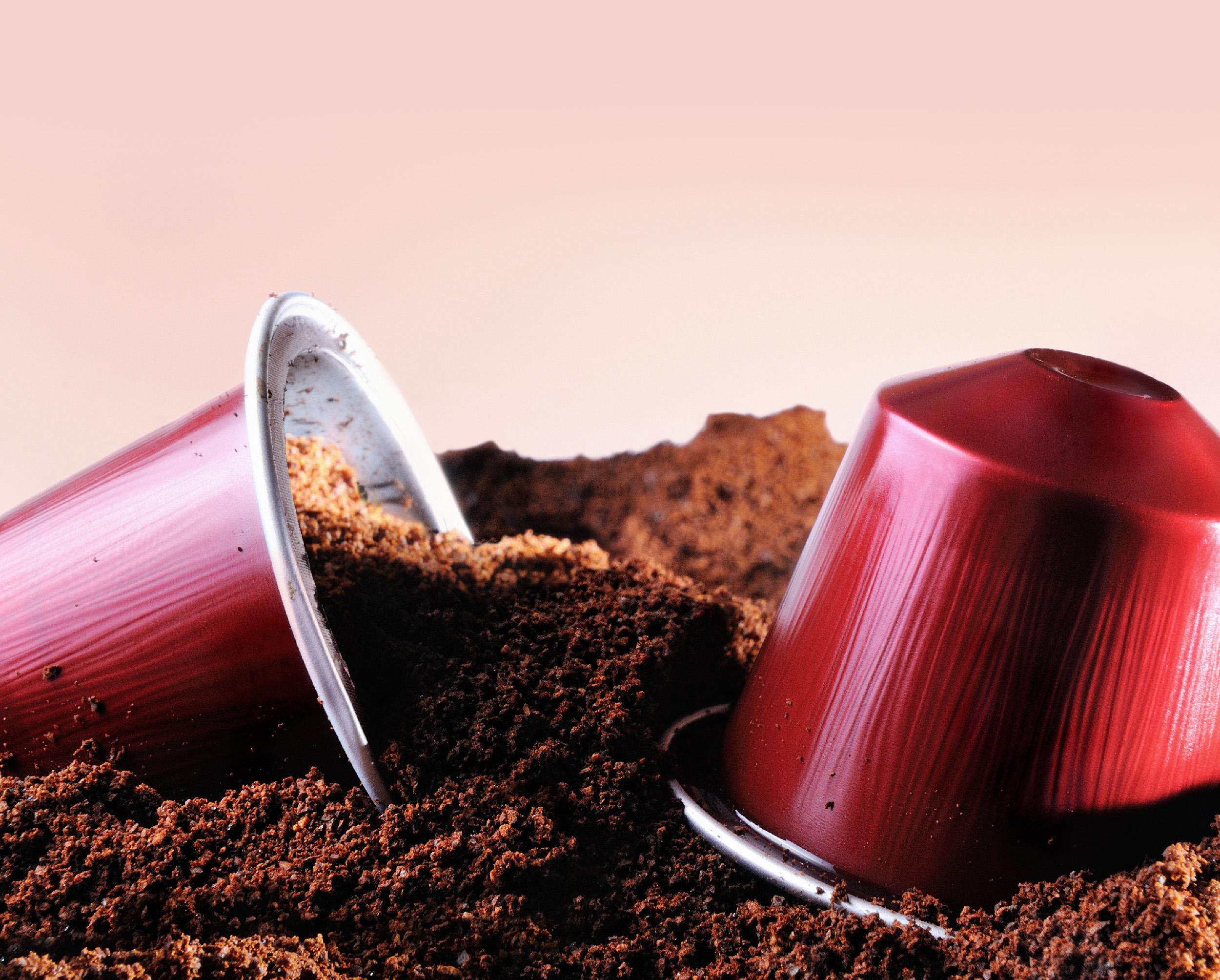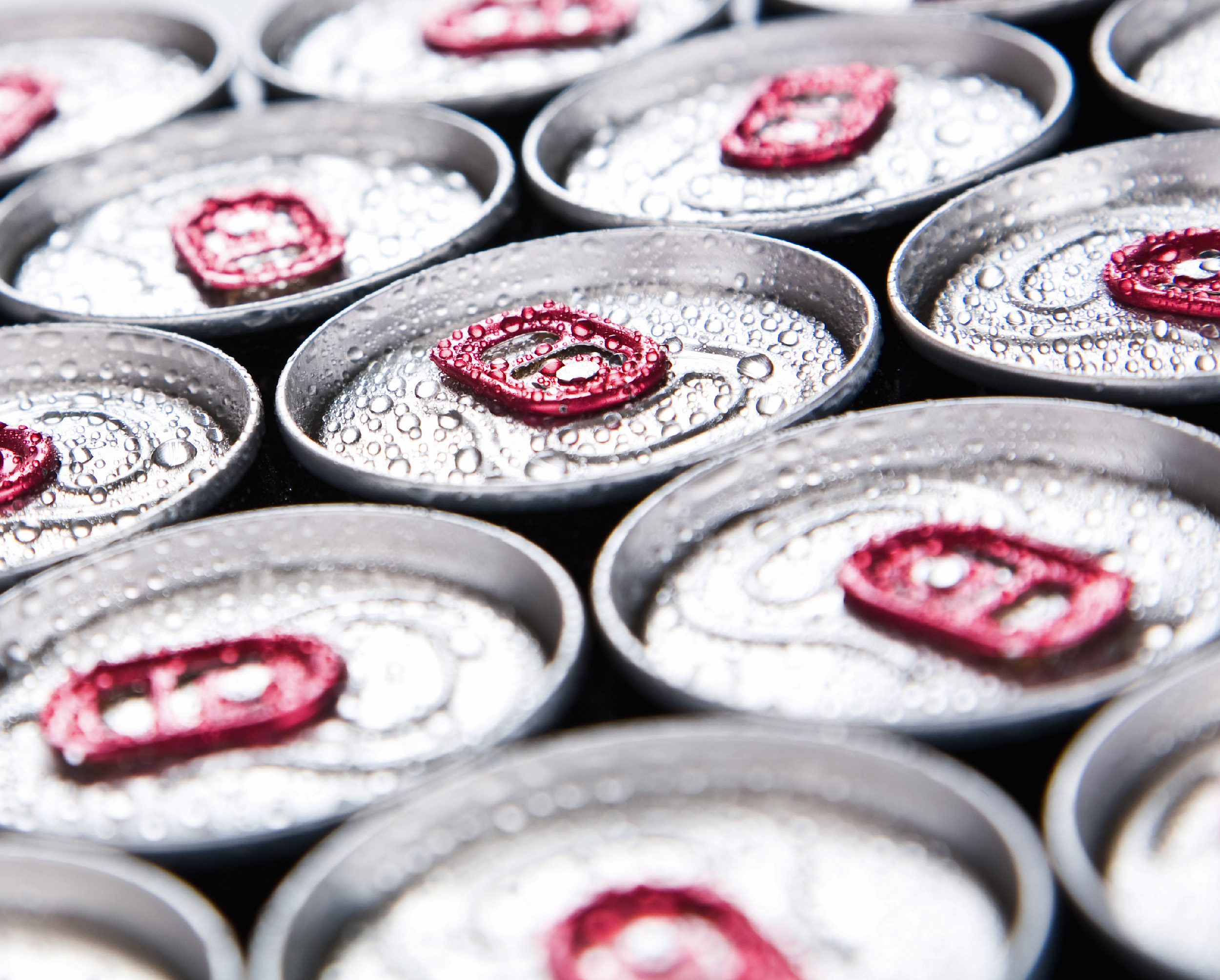Because packaging waste has a visible impact in consuming countries, it is often thought of as a major contributor to the environmental impact of coffee. Many coffee roasteries tout their environmental credentials by emphasising their recyclable or compostable packaging. However, numerous analyses show that the environmental impact of packaging is limited.
One analysis of a coffee roasting business in Sicily looked at several measures of environmental impact, including greenhouse gas emissions, ecotoxicity, and ozone layer depletion (Salomone 2003). According to this study, the environmental impact of roasting and packaging the coffee is ‘almost negligible’ compared with other factors that contribute to the carbon footprint and other environmental consequences of coffee production. This applies whether the packaging is recycled or not.
An analysis of production at Tchibo, on the other hand (PCF Pilotprojekt Deutschland, 2008), estimates that packaging contributes 0.13 kilograms of carbon dioxide (CO2) per kilogram of green coffee, accounting for 1.8% of the total emissions for a cup of coffee. This is the default value used in the LCA (life-cycle analysis) app.
A research paper comparing multiple life-cycle analyses showed that packaging makes a modest contribution to the overall carbon footprint, with two notable exceptions: pre-brewed, packaged coffee (such as cold brew) and coffee capsules or pods (Heller 2017). Because each pre-brewed coffee is packaged individually, packaging made by far the single biggest contribution to the carbon footprint of the beverage (Hassard et al 2014). This study was based on consumption in Japan, where pre-brewed coffee is commonly available, usually packaged in steel cans. Around 17% of all coffee in Japan is consumed this way; because of the impact of the packaging, it contributes nearly half of the carbon footprint from coffee consumption in that country.
Pictures: Coffee pods and cold brew cans.
In the case of single-serve capsules or pods, the environmental impact of the packaging may be offset by reduced coffee waste. Heller points out that in drip-brewed systems, it’s common to make more coffee than is actually consumed. If this occurs, then single-serve systems can actually be a more environmentally friendly option.
A comprehensive LCA comparing different types of packaging shows that laminate bags or packs are more environmentally friendly than steel or plastic containers, both in terms of the carbon footprint and in the amount of solid waste generated, even when recycling is taken into account (Franklin Associates 2008).
Although new types of coffee packaging such as fully compostable bags should reduce the amount of plastic sent to landfills, no strong evidence suggests that they will reduce the overall carbon footprint. For example, one study of bioplastics found that the fertilisers used in growing the feedstock and the processing required to turn the plants into plastic generated more CO2 than traditional plastic manufacturing (Tabone et al 2010).
The Decision Tree
A free online course that takes a critical view on climate impact in the coffee industry
Barista Hustle has commenced work on a free course called The Decision Tree to help baristas and cafe owners make informed decisions about how to operate in a world beset by climate change. We acknowledge that our industry has a history of colonialism, exploitation, and greenwashing. The intention of this course is to put readers in the driver’s seat. With the help of wonderful people like Professor Stephen Abbott (who has produced an app for this course that gives everyone access to the technology you need to run your own life cycle analysis) we hope this course will inspire you to reduce your emissions. From the first lesson, you will discover how baristas can make a gigatonne-difference to cutting carbon. We’re publishing this course in episodes here on our blog and it goes out to our BH Unlimited subscribers with their unlimited updates.






Single use coffee pods are objectively horrible for the environment. In 2018 59 billion coffee pods were made, the vast majority of them will sit in a landfill or the ocean for hundreds of years. “No strong evidence suggests that they will reduce the overall carbon footprint“. Coffee will never reduce the carbon footprint. The idea isn’t to reduce it, it is to have a small one as possible. Yes, when making bio plastic it might generate more CO2, but at least it’s not filling a landfill or the ocean somewhere.
It sounds like this article is suggesting that because packaging only makes 1.8% of the emission we shouldn’t bother trying to develop or invest responsible packaging? 1.8% is still millions of pounds of plastic and waste.
Thanks for making this important point klmartinez803. Have you had a chance to read this lesson from our free-access course, the Decision Tree? It’s goes into a lot of detail about plastic pollution; the pros and cons of compostable packaging as well as all the other sources of waste across the coffee chain. BH